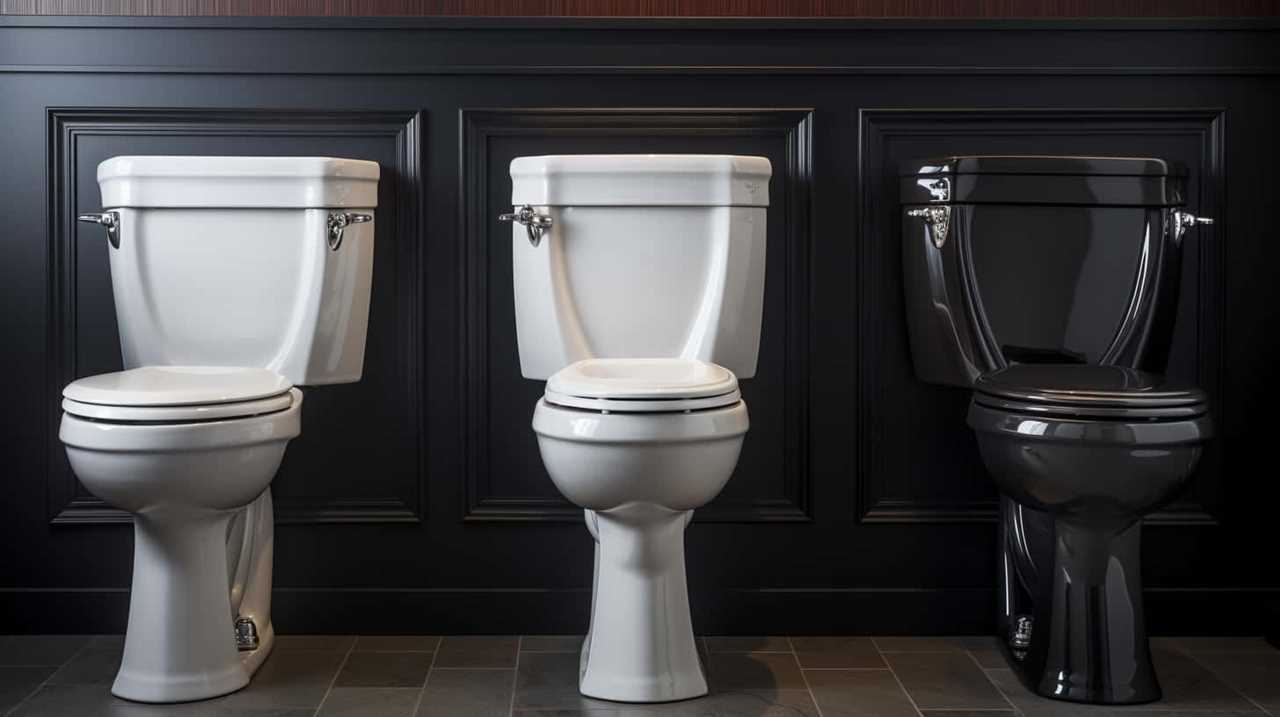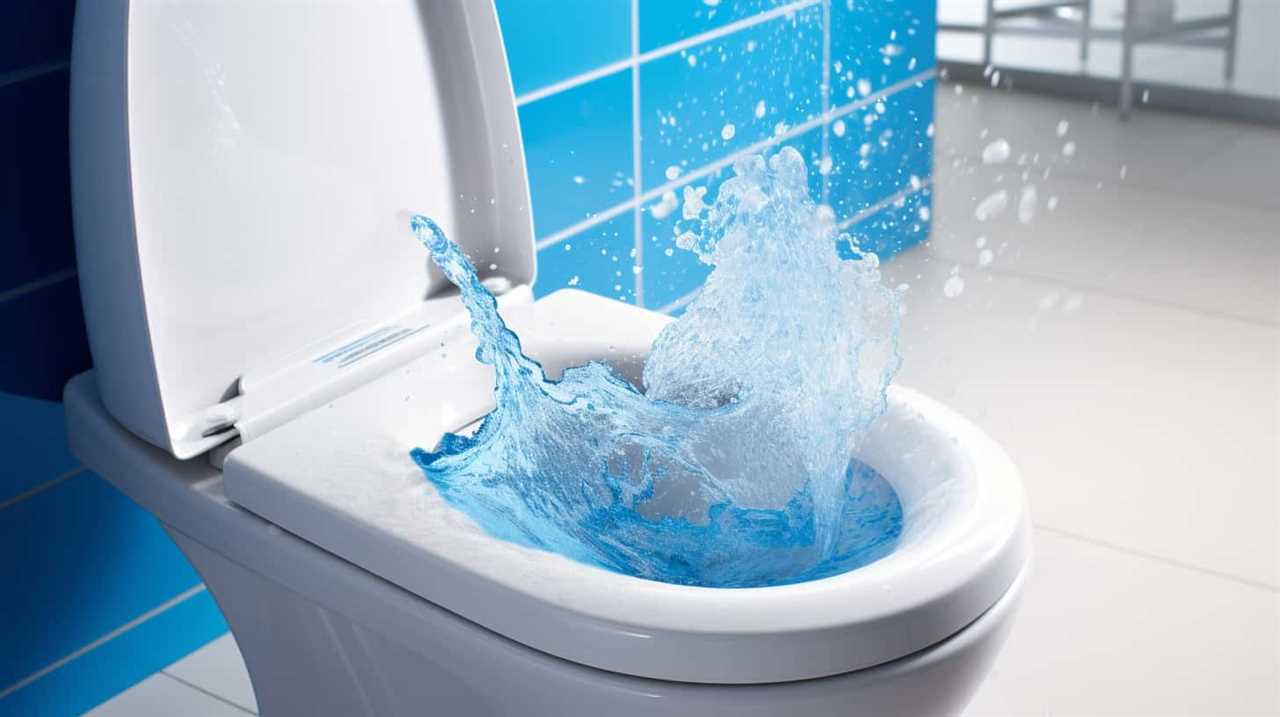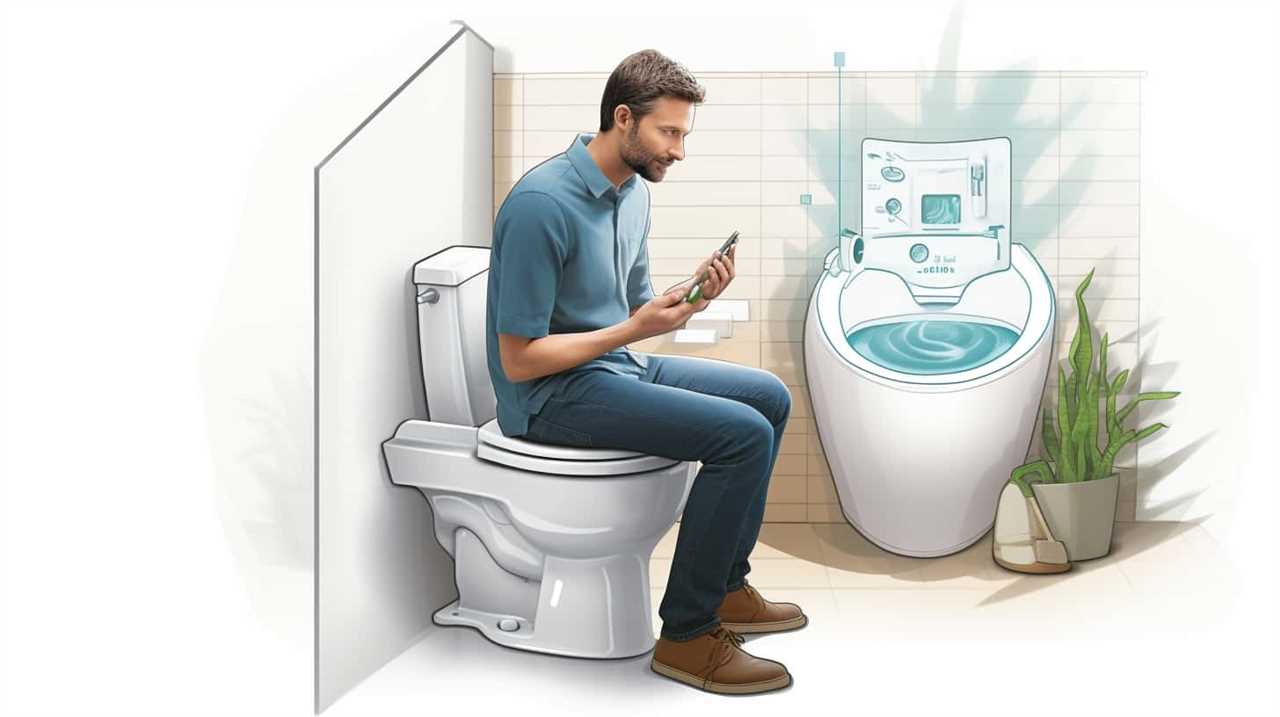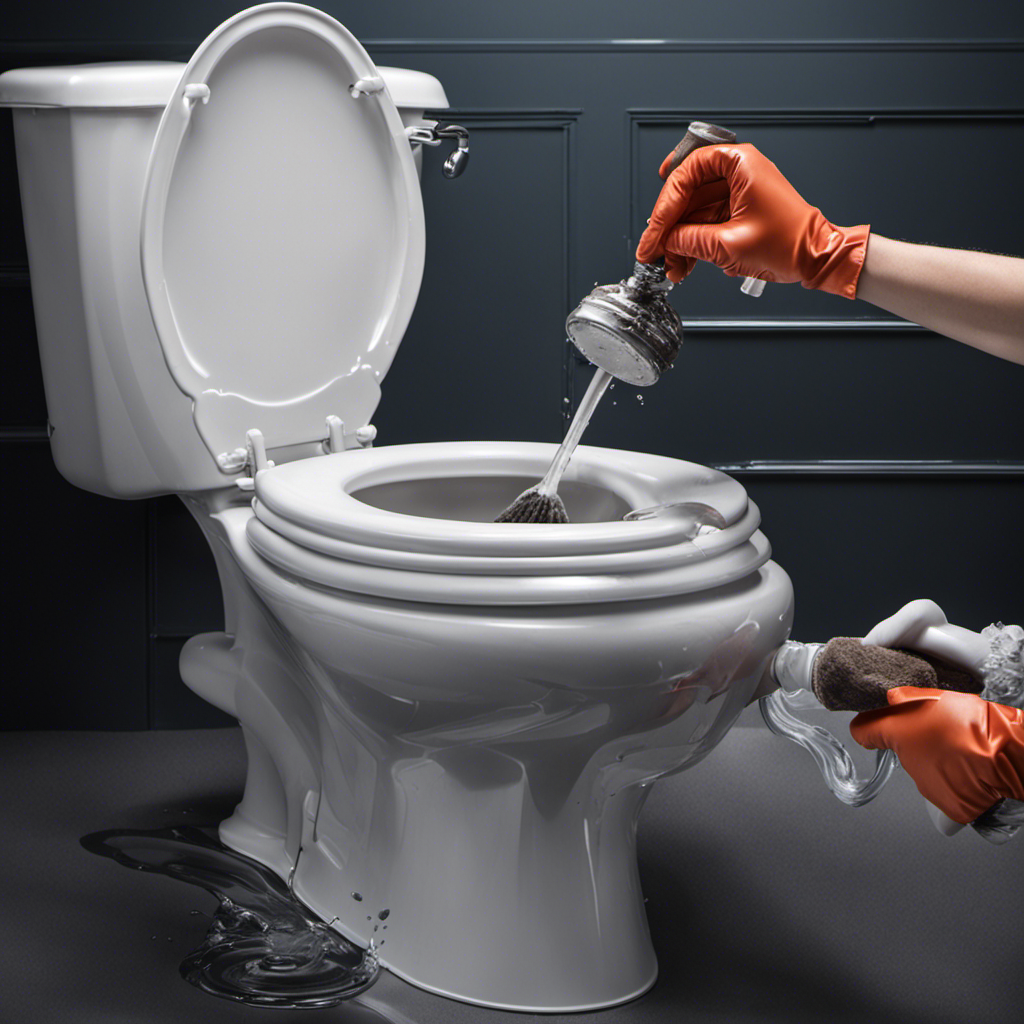Have you ever wondered where our waste goes after we flush it down the toilet? It’s like a hidden journey, a complex system that takes our feces and treats it, transforming it into something less harmful.
In this article, we will explore the intricate process of what happens to our waste after it is flushed. From the sewage system to the wastewater treatment plant, we will examine each step, shedding light on the scientific and practical aspects of this crucial cycle.
Key Takeaways
- Feces undergo a series of treatment processes in sewage systems to remove pollutants and pathogens.
- Treated feces can be disposed of or reused in various ways, including land disposal, landfill disposal, incineration, and agricultural use as fertilizer.
- Sludge treatment is necessary to separate and process solids before disposal, and regular maintenance of septic tanks is important to prevent blockages and failures.
- Disinfection methods such as chlorination, UV radiation, and ozone treatment are used to eliminate pathogens and reduce waterborne diseases, with UV radiation and ozone treatment being more environmentally friendly options.
The Sewage System
In our sewage system, wastewater and feces are transported through a network of pipes and treatment facilities. The sewage treatment process plays a crucial role in wastewater management, ensuring that harmful pollutants and pathogens are removed before the water is released back into the environment.
After flushing, the wastewater containing feces enters the sewage system through a series of underground pipes. These pipes direct the flow to a treatment plant, where various treatment methods are employed.

The primary treatment involves the removal of large solids, such as debris and grit, through physical processes like screening and sedimentation. Following this, secondary treatment is carried out, where biological processes are used to break down organic matter and remove dissolved pollutants.
Treatment at the Wastewater Plant
At the wastewater plant, we treat the wastewater containing feces using a combination of physical and biological processes. These processes aim to remove pollutants and harmful substances from the wastewater, ensuring its safe disposal back into the environment. One of the primary objectives of wastewater treatment is sludge treatment, which involves the separation and processing of solids that settle during the treatment process. This sludge is treated separately to reduce its volume and eliminate pathogens before its proper disposal. Additionally, nutrient removal is another crucial aspect of wastewater treatment. Excessive nutrients, such as nitrogen and phosphorus, can cause ecological imbalances in receiving waters. To prevent this, we employ various methods, including biological processes like nitrification and denitrification, to remove these nutrients from the wastewater before it is discharged.
To provide further clarity, here is a table summarizing the key processes involved in treating wastewater:
| Process | Description |
|---|---|
| Physical | Screening, sedimentation, and filtration to remove solid particles and debris from the wastewater. |
| Biological | Utilizing microorganisms to break down organic matter and remove nutrients through processes like activated sludge and trickling filters. |
| Sludge Treatment | Separation and processing of solids to reduce volume and eliminate pathogens before proper disposal. |
| Nutrient Removal | Employing biological processes like nitrification and denitrification to remove excessive nutrients like nitrogen and phosphorus from the wastewater. |
Removal of Solid Waste
After treating the wastewater at the plant, we then focus on the efficient removal of solid waste. This step is essential to ensure proper sanitation and prevent environmental contamination.

Here are three key aspects of the removal process:
- Composting Process: Solid waste, commonly known as sludge, is treated through a composting process. This involves mixing it with organic materials, such as leaves or wood chips, and allowing it to decompose naturally. The resulting compost can then be used as a nutrient-rich fertilizer for plants.
- Septic Tank Maintenance: In areas where centralized sewage systems aren’t available, septic tanks are used for solid waste removal. Regular maintenance, including periodic pumping and inspection, is crucial to prevent blockages and system failures.
- Waste Disposal Regulations: Proper disposal of solid waste is governed by strict regulations to protect public health and the environment. These regulations ensure that waste is handled, transported, and disposed of in a safe and responsible manner.
Disinfection and Odor Control
To ensure proper sanitation and prevent odors, we actively disinfect and control odors during the wastewater treatment process. Disinfection methods are crucial in eliminating harmful pathogens and reducing the risk of waterborne diseases.
One commonly used disinfection method is chlorination, where chlorine is added to the water to kill bacteria, viruses, and parasites. However, this method can have negative impacts on the environment, as chlorine can react with organic matter in the water and form disinfection byproducts (DBPs) that are potentially harmful.
To mitigate these effects, alternative disinfection methods such as ultraviolet (UV) radiation and ozone treatment are being employed. UV radiation uses high-intensity light to disrupt the DNA of microorganisms, rendering them inactive. Ozone treatment, on the other hand, involves the use of ozone gas to kill pathogens. These methods are more environmentally friendly, as they don’t produce harmful byproducts.

Reuse and Disposal of Treated Effluent
We reuse and dispose of the treated effluent to ensure proper management of wastewater.
The reuse options for treated effluent include:
- Irrigation: Treated effluent can be used for irrigation purposes, reducing the reliance on freshwater sources and providing essential nutrients to plants.
- Industrial Use: Some industries can utilize treated effluent for non-potable applications such as cooling towers or manufacturing processes, reducing their demand for freshwater.
- Environmental Recharge: In some cases, treated effluent can be discharged into natural water bodies, replenishing groundwater or supporting aquatic ecosystems.
Frequently Asked Questions
How Long Does It Take for Feces to Decompose in the Sewage System?
It takes varying amounts of time for feces to decompose in the sewage system, depending on factors like temperature and microbial activity. The sewage treatment process promotes decomposition and breaks down organic matter.
Is It Safe to Flush Feminine Hygiene Products Down the Toilet?
Flushing feminine hygiene products down the toilet is not safe. Proper disposal methods involve wrapping them in tissue and throwing them in the trash. Flushing can cause clogging and environmental concerns.

What Are the Environmental Impacts of the Wastewater Treatment Process?
When considering the environmental impacts of the wastewater treatment process, we must address the critical issues of environmental sustainability and water pollution. These factors have far-reaching consequences that demand our attention and action.
Can the Treated Effluent Be Used for Drinking Water?
Reusing treated effluent for drinking water is a complex issue. Public perception is a key factor, as people may have concerns about safety and quality. Robust treatment processes and effective communication are crucial to address these concerns.
Are There Any Potential Health Risks Associated With the Disposal of Treated Effluent?
There may be potential health risks associated with the disposal of treated effluent. We must consider the proper handling and treatment methods to ensure the safety of both the environment and human health.
Conclusion
In conclusion, after feces is flushed, it goes through a complex sewage system and undergoes treatment at a wastewater plant. Solid waste is removed, and disinfection and odor control measures are implemented.

One interesting statistic to consider is that in the United States alone, wastewater treatment plants treat an estimated 34 billion gallons of sewage every day. This staggering amount highlights the immense scale and importance of wastewater treatment in maintaining public health and environmental sustainability.










